What is The Flower With The Largest Leaves In The World?
Native to tropical South America, it was first discovered in Bolivia in 1801 and named Eurgale amazonica.
It was subsequently moved to a new genus named in honour of Queen Victoria (originally as Victoria regia). In South America it grows in the backwaters of rivers in the Amazon basin, the Guianas and the Pantanal.
Victoria amazonica is well known for its huge circular leaves, which are often pictured with a small child sitting supported in the centre as a demonstration of their size and strength.
Queen of the water lilies, this Amazonian giant has a remarkable life cycle.
The enormous circular leaves, which grow to over 2.5 m across, have upturned rims and are anchored by long stalks arising from an underground stem buried in the mud of the river bottom. The leaves first appear as spiny heads but expand rapidly up to half a square metre per day. The upper surface has a rather quilted appearance and a waxy layer that repels water. The purplish red undersurface has a network of ribs clad in abundant sharp spines, possibly a defence against herbivorous fishes and manatees.
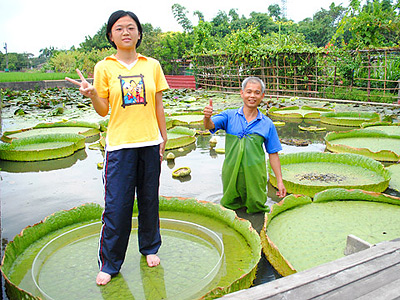
Air trapped in the spaces between the ribs enables the leaves to float. They are so buoyant that they can easily support the weight of a small child, and a mature leaf can support 45 kg if the load is evenly distributed. In a single season, each plant produces some 40 to 50 leaves, which cover the water surface and exclude light, thus restricting the growth of most other plants.
Probably the most interesting thing about the giant lily is the way it is pollinated. In the Amazon there are many symbiotic relationships between plants and insects but this by far is one of the most outrageous!
There exists a special scarab beetle that is the only pollinator for the giant lily. After the flower opens, it releases certain pheromones that attract the beetle to the flower. During the night time hours, the beetles unite inside to feed on soft flower parts. The flower actually closes the beetles for 24 hours. The flower weakens and the beetles are free to fly off to another flower to feed on and pollinate.
The spectacular flowers are relatively short-lived, lasting only 48 hours or so. The flower is white the first evening it opens, attracting beetles with a sweet pineapple-like scent and with heat from a thermochemical reaction. At this stage the flower is female, and is open to receiving pollen picked up by the beetles on other plants.
Where does the beetle benefit? Aside from feeding on lush inner flower parts of the lily, the flower actually heats up the beetles making them more physically active to feed and reproduce in the time they are sequestered. The heating up not only makes the scent of the flower carry more, but gives a direct energy trade off to the beetles.
If we woke up your interest, you can also watch the video below:

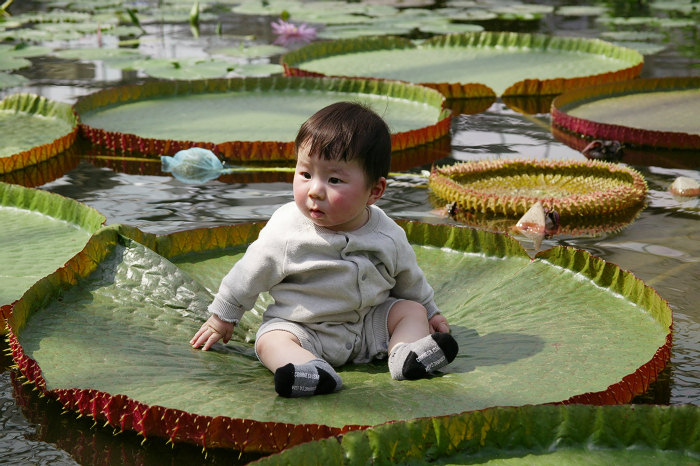
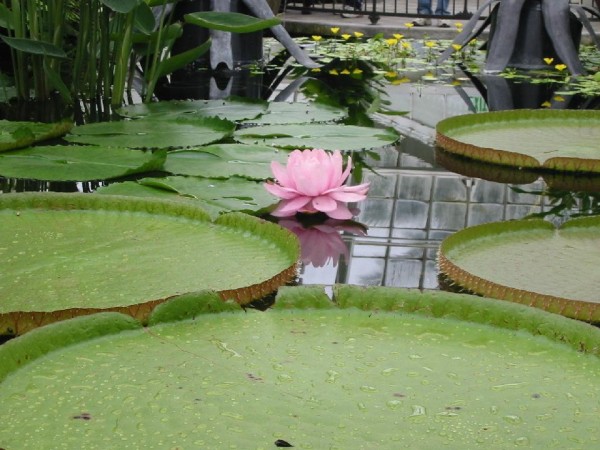
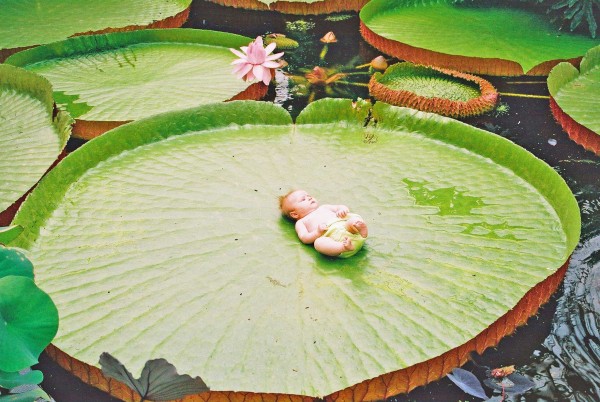
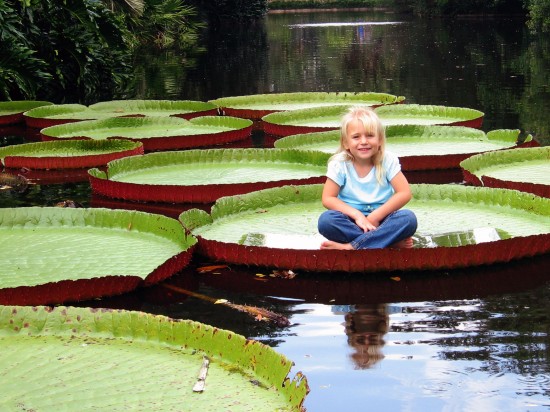
Comments are closed.